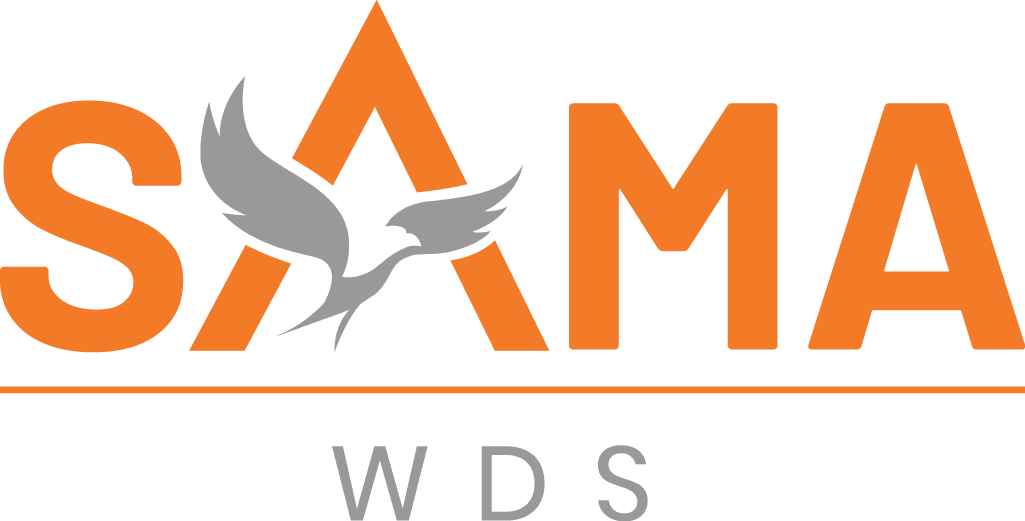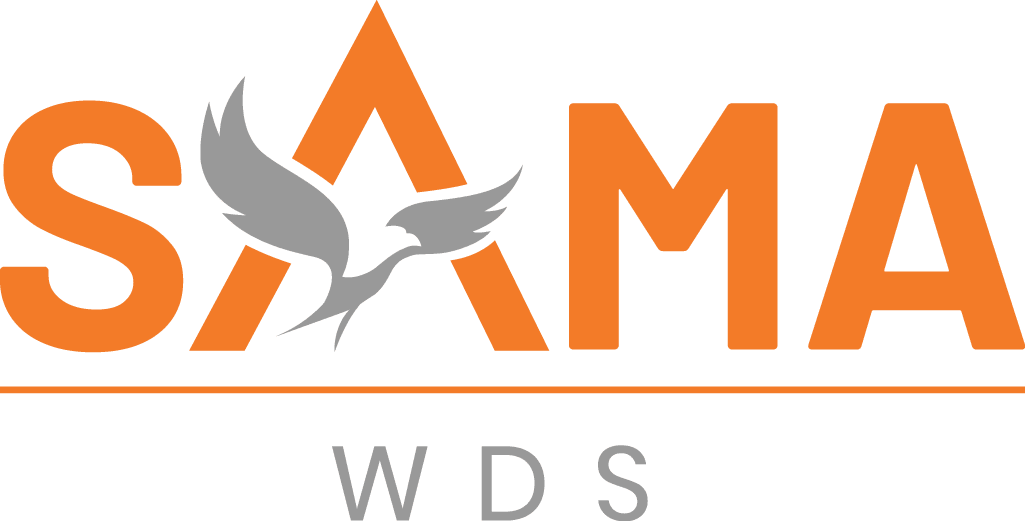
Best Practices for Workday Implementation
Implementing a comprehensive Human Capital Management (HCM) system like Workday can transform an organization’s HR processes, enhance efficiency, and drive employee engagement. However, a successful Workday implementation requires careful planning, effective change management, and adherence to best practices. In this article, we will explore the key best practices for Workday implementation and change management to help organizations maximize the benefits of this powerful HCM solution.
Establish Clear Objectives and Scope
Before embarking on a Workday implementation, define clear objectives and scope. Identify the specific modules and functionalities you plan to implement, and establish measurable goals that align with your organization’s HR strategy and overall business objectives. This clarity will guide the implementation process and ensure that the focus remains on delivering tangible outcomes.
Form a Skilled Implementation Team
Assemble a cross-functional implementation team with representatives from HR, IT, finance, and other relevant departments. Include individuals with deep knowledge of your organization’s processes and systems. Work closely with Workday implementation partners or consultants who possess expertise in deploying and configuring the Workday platform. This collaborative team approach ensures a holistic perspective, smooth knowledge transfer, and effective decision-making throughout the implementation process.
Conduct Thorough Process Analysis and Redesign
Before implementing Workday, thoroughly analyze your existing HR processes. Identify inefficiencies, bottlenecks, and areas for improvement. Use this opportunity to streamline and optimize your processes to align with industry best practices and Workday’s capabilities. Redesign workflows and approval processes to maximize automation and self-service functionalities, keeping in mind the unique needs of your organization.
Prioritize Data Migration and Data Quality
Data migration is a critical aspect of Workday implementation. Develop a comprehensive data migration strategy that includes data cleansing, validation, and mapping to ensure accurate and complete data transfer. Prioritize data elements based on their relevance and impact on ongoing HR processes. Implement robust data governance practices to maintain data quality and integrity in Workday.
Plan and Execute Effective Change Management
Successful Workday implementation requires effective change management to address the cultural and behavioral aspects of transitioning to a new system. Communicate the reasons behind the implementation, its benefits, and the expected impact on employees. Develop a robust change management plan that includes stakeholder engagement, communication strategies, training programs, and post-implementation support. Engage employees at all levels to alleviate concerns, address resistance, and foster a positive attitude towards the change.
Ready to master Workday implementation and change management?
Sama WDS specializes in designing, optimizing, and supporting advanced Workday implementation and change management solutions tailored to your unique business needs.

Invest in Comprehensive Training and User Adoption
Ensure that employees receive comprehensive training on Workday’s functionalities and self-service capabilities. Provide role-based training tailored to the specific needs of different user groups, such as HR professionals, managers, and employees. Offer ongoing support, including user guides, help desk assistance, and self-paced learning resources, to facilitate user adoption and minimize disruptions during the transition period.
Conduct Rigorous Testing and Piloting
Thoroughly test the configured Workday system before going live. Develop test scripts and scenarios to validate end-to-end processes, integrations, and data accuracy. Conduct user acceptance testing (UAT) involving key stakeholders to ensure that the system meets business requirements and performs as expected. Consider piloting the system in a controlled environment with a subset of users to gather feedback, identify potential issues, and make necessary adjustments before full deployment.
Continuously Monitor and Optimize
Once Workday is live, establish a process for continuous monitoring and optimization. Regularly review system performance, user feedback, and key metrics to identify areas for improvement and enhancement. Stay updated on Workday’s new features and releases to leverage additional functionalities that can further streamline HR processes and meet evolving business needs.
Conclusion
Implementing Workday successfully requires careful planning, effective change management, and adherence to best practices. By establishing clear objectives, forming a skilled implementation team, conducting thorough process analysis, prioritizing data migration, planning for change, investing in comprehensive training, conducting rigorous testing, and continuously monitoring and optimizing, organizations can ensure a smooth and successful Workday implementation, ultimately transforming their HR processes and driving organizational success.
Ready to master Workday implementation and change management?
Sama WDS specializes in designing, optimizing, and supporting advanced Workday implementation and change management solutions tailored to your unique business needs.

